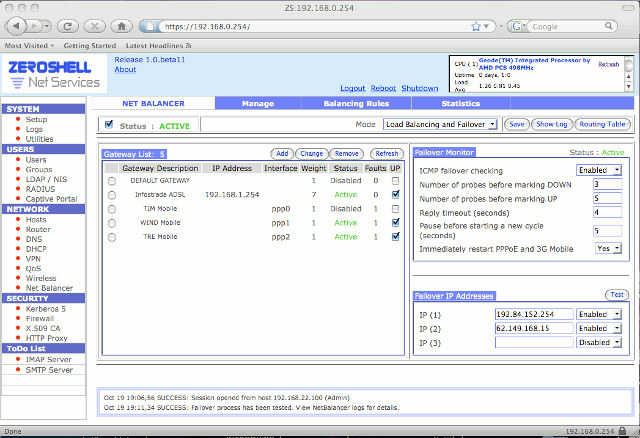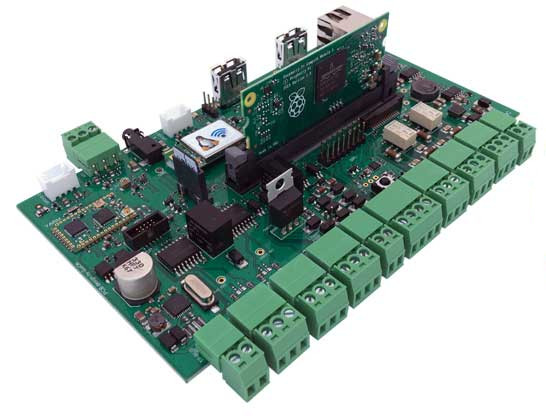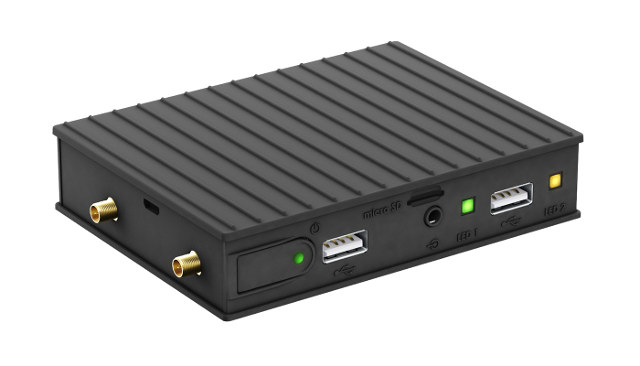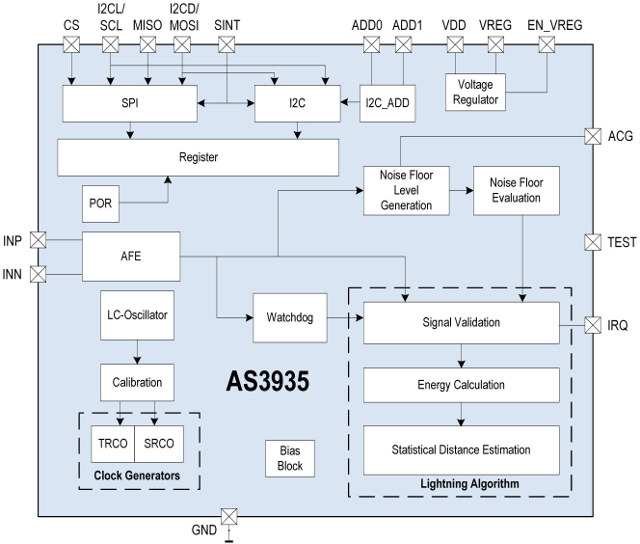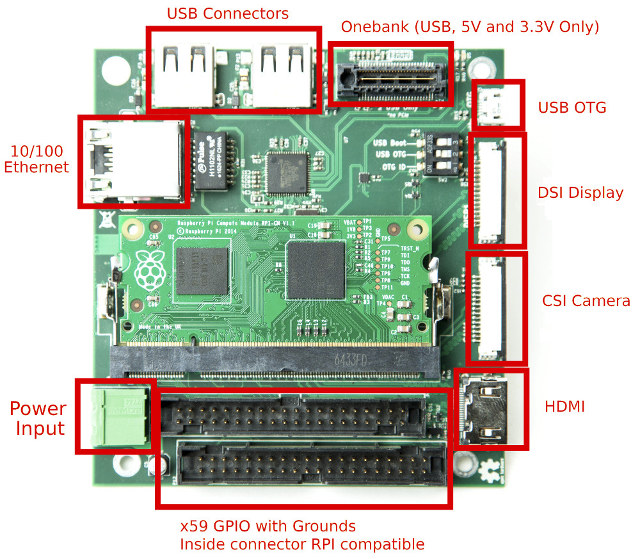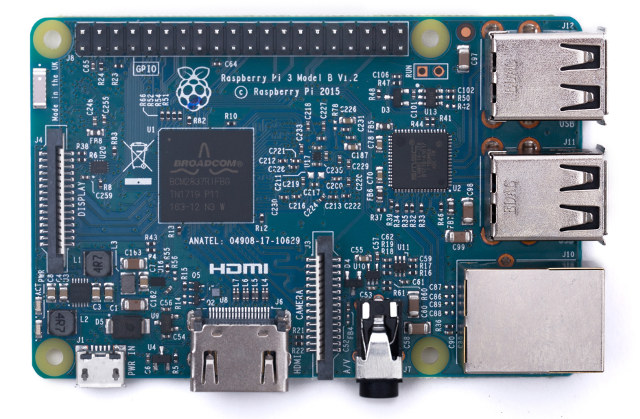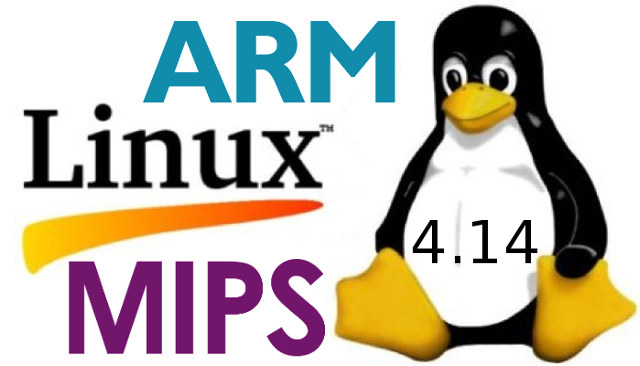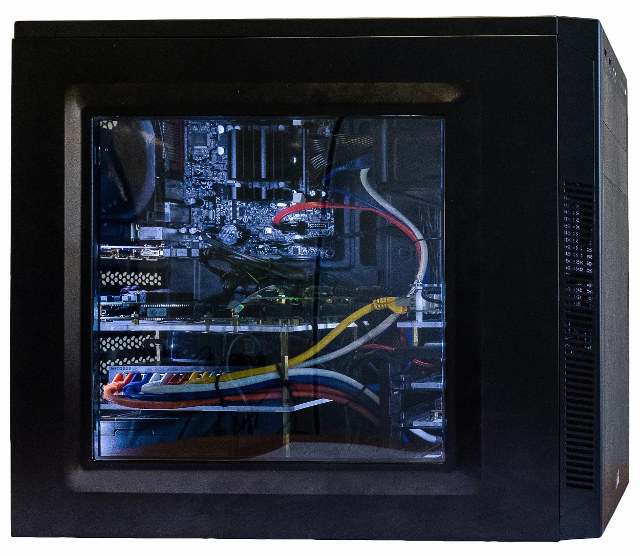We’ve just seen pfSense is now available for Arm via firewall appliances such as Netgate SG-3100, but AFAIK there’s no pfSense community Arm firmware images yet. Several Arm SoCs & boards are now supported by FreeBSD, so in theory pfSense could be ported to those, but the page on FreeBSD does not seem to have been updated for a while. If you want a firewall distributions with an easy-to-user web interface like pfSense, but that also works on cheaper Arm hardware, Linux based ZeroShell distribution could be worth a try, as beside working on Intel & AMD x86 platforms, the developers also provides images for Raspberry Pi 2 & 3 boards, and several Orange Pi boards, namely Orange Pi R1, Orange Pi Zero, Orange Pi PC, and Orange Pi Plus/Plus2. The latter is the only supported Arm board with Gigabit Ethernet. Some of ZeroShell features include: Load Balancing and Failover of […]
Acme CM3-Home is a Raspberry Pi 3 Compatible Board Designed for Home Automation
Raspberry Pi CM3 & CM3L modules are used in so many devices it’s hard to keep up. From NEC digital signage displays, to industrial touch panels, and IoT gateways, the Broadcom BCM2837 based system-on-module are found in more and more products and solutions, and number of announcements seems to have increased over the last few months. The latest product to leverage Raspberry Pi CM3L SoM is made by Italy based Acme Systems, and designed for home automation. CM3-HOME comes with opt0-isolated inputs compatible with KNX and DALI buses, various connectivity options (Ethernet, WiFi, Bluetooth, 868MHz ISM radio…), and other expansion port. Two edition of the boards are available: LITE and FULL, with the former suitable for most home automation project, and the latter adding support for some commercial lighting systems and energy harvesting Radio ISM nodes. Acme CM3-Home specifications: 200-pin SODIMM Module Slot compatible with Raspberry Pi CM3 / CM3L […]
Compulab IOT-GATE-RPi Industrial IoT Computer is Powered by Raspberry Pi CM3 Module
We’ve seen several industrial products powered by Raspberry Pi 3 board or CM3 module recently, with the likes of Industrial Shields Panel PC, TECHBASE ModBerry, or Pi/104 PC/104 compliant carrier board among others. We can now add another industrial computer based on Raspberry Pi CM3 module with Compulab IOT-GATE-RPi IoT gateway, with dual Ethernet port, support for 3G/LTE modems, a rugged case, and working in a wide temperature range of -40°C to 80°C. Compulab IOT-GATE-RPi specifications: SoC – Broadcom BCM2837 quad-core Cortex-A53 @ 1.2GHz with VideoCore IV GPU System Memory – 1GB LPDDR2 Storage – 4 to 64GB of soldered eMMC flash, micro SD socket Connectivity 2x 100Mbps Ethernet WiFi 802.11b/g/n, Bluetooth 4.1 BLE 3G / LTE cellular modem via mini-PCie module) Video Output – HDMI 1.3, up to 1920×1080 Audio – 3.5mm stereo line out jack, HDMI audio USB – 4x USB2.0 host port Serial 1x RS232 port, ultra-mini […]
Detect Lightning with Those AMS AS3935 “Thunder” Boards
Launched in 2012, AMS AS3935 Franklin lightning sensor is – at its name implies – a lightning sensing IC. The chip was designed for low power, portable or fixed wire-line applications, and beside detecting electrical emissions from lightning activity, it can also provide an estimation of the distance to the head of the storm from 40km away down to 1km, while filtering out other signals from motors, microwave ovens, etc… The chip interfaces via SPI or I2C to the host processor / micro-controller, and comes in a small MLPW-16 (4x4mm) package. Price is $3.55 per unit for 1k orders. Applications include wearables, golf carts, pool safety, portable GPS, bike computers, weather stations, uninterruptible power supplies, smart grid systems, environmental monitoring systems, etc… Basically, AS3935 can be used either for weather monitoring, or safety applications. I’ve found two maker boards with the chip: MikroElectronika Thunder Click board compatible with MikroBUS socket […]
Pi/104 Carrier Board for Raspberry Pi Compute Modules (Partially) Complies with PC/104 OneBank Specs (Crowdfunding)
The PC/104 consortium maintains various standards for embedded computer defining both the buses to use and form factors. PC/104 SBCs/boards are mainly used in rugged industrial computers, and stackable through ISA and PCIe buses. The standards were mostly designed for x86 processors, but in Q1 2015, the consortium added the OneBank option to PCI/104-Express & PCIe/104 Specification, Revision 3.0 in order to enable lower cost solutions and processors with PCIe and USB interfaces. This brought some lower powered Intel and ARM+FPGA based PC/104 compliant boards to the market such as Winsystems PX1-C415 based on Intel Apollo Lake E3900 SoC, or Sundance EMC²-Z7030 powered by Xilinx Zynq-7030 ARM+FPGA SoC. Adam Parker (Parker Microsystems) has decided to bring the PC/104 OneBank industrial standard to the Raspberry Pi world, by creating Pi/104 a carrier board for the RPi compute modules that (mostly) complies with PC/104 OneBank for factor, and exposes the required USB […]
Meet the Blue Version of Raspberry Pi 3 Board, For Brazil Only
It’s always fun to buy electronics and gadgets from China, while there are sometimes technical “headaches”, they are mostly solvable and part of the fun. But in some cases, government regulations and customs ruin the party even before you get the device. Most of the time, it’s just in the form of unexpected custom duties, but other times, you may get a phone call asking you to get some documents… With experience, I’ve learned to give up at that point, but I tried one before… The courier will usually not tell you exactly what you need, just some clues, so I’ll have to make a few phone calls… After 8 phone calls to different government officers, I discovered that I needed a document saying I do not need document… Hooray! But sadly, it could not be done over the phone, online, or by snail mail, I would have to go […]
Linux 4.14 Release – Main Changes, ARM & MIPS Architecture
Linus Torvalds has announced the release of Linux 4.14: No surprises this week, although it is probably worth pointing out how the 0day robot has been getting even better (it was very useful before, but Fengguang has been working on making it even better, and reporting the problems it has found). Sure, some of the new reports turned out to be just 0day doing things that just don’t work (ie KASAN with old gcc versions, but also doing things like loading old ISA drivers in situations that just don’t make sense – remember when you couldn’t even ask if the hardware existed or not, and just had to know), but even then it’s been all good. The appended shortlog is obviously only for the (small) haul since rc8, and it really is tiny. Not very many commits, and they are small. The biggest thing that stands out in the diffstat […]
Lab in a Box Concept Embeds x86 Server and 6 ARM Boards into a PC Case for Automated Software Testing
The Linux kernel now has about 20 millions line of code, Arm has hundreds of licensees making thousands of processors and micro-controllers, which end up in maybe hundreds of thousands of different designs, many of which are not using Linux, but for those that do, Linux must be tested to make sure it works. The same stands true for any large software used on multiple hardware platforms. Manual testing is one way to do it, but it’s time consuming and expensive, so there are software and hardware continuous integration solutions to automate testing such as Linaro LAVA (Linaro Automated Validation Architecture), KernelCI automated Linux kernel testing, and Automotive Grade Linux CIAT that automatically test incoming patch series. Both CIAT and KernelCI focus on Linux, and rely on LAVA, with KernelCI leveraging hardware contributed by the community, and proven to be effective as since it’s been implemented, failed build configs dropped […]


